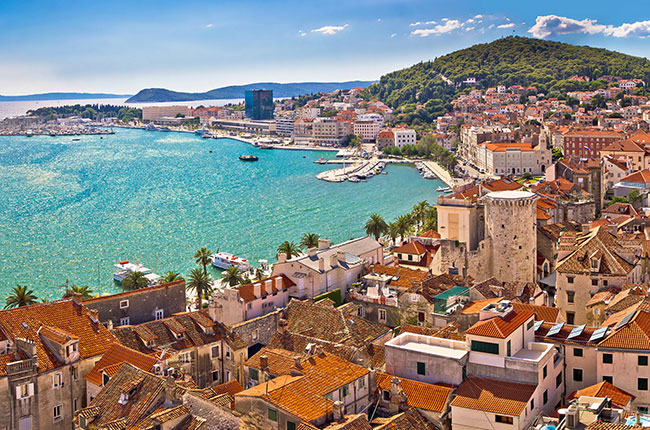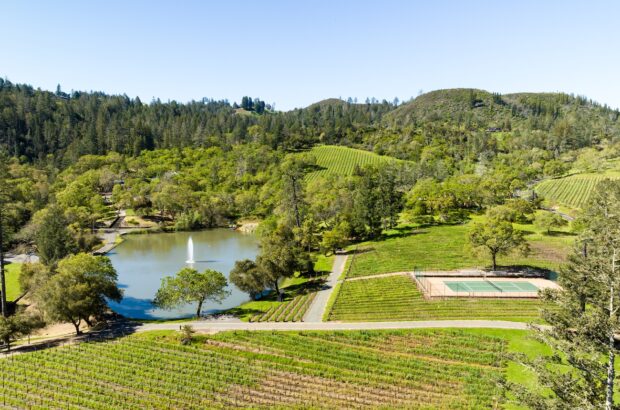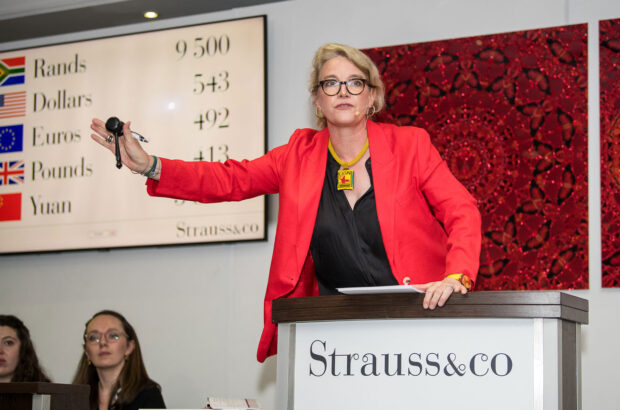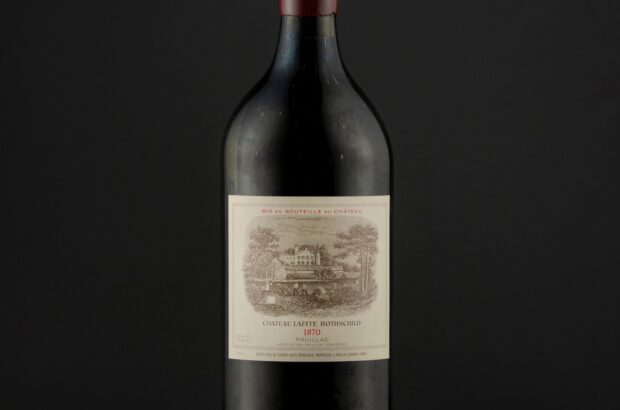Simon Woolf discovers a wealth of exciting local grapes and wine styles in this Adriatic region...
Split to Dubrovnik: Croatia wine tour
How to get there
Fly direct to Split from most major European cities. Or take a cross-Adriatic ferry from Italy (Ancona or Bari), arriving in Split or Vis town. Or the highway from Zagreb to Split is stunning, if you have the time to drive.
Plan an itinerary starting in Split – the state-run Jadrolinija ferries provide a plethora of options to explore stony white Brač, heaving but beautiful Hvar, lively Korčula, the more sedate island of Vis or remote Lastovo.
Off the coast at Zadar, the more northerly island of Pag is famed for its cheese, and for white wines made from Gegić – only found here. Closer to Dubrovnik lies the woodland idyll of Mljet. The latter has little wine, but is focused around nature and hiking.

Credit: Maggie Nelson/Decanter
A daily ferry (Kapetan Luka) from Split to Dubrovnik allows you a brief taste of Hvar, Brač, Korčula and Mljet as it stops along its four-hour journey.
Korčula’s old town can get a little chintzy in summer, so head instead to the sandy beaches of Lumbarda where you’ll find a real curiosity – the female flowered Grk, which grows only in this village, surviving perilously through coplanting with Plavac. Its wine is a full-bodied, honeyed joy.
Croatia wine tour: Where to eat and stay
Seek out Bire or Zure (+385 20 712 334) for the best examples. Stash some bottles in your suitcase – Grk is barely available outside the region.
Bire summer visiting hours: Mon – Sat, Individual visits: 10:00-12:00, 16:00-18:00. Groups by appointment. Zure: by appointment.

Visit Bire winery. Credit: www.bire.hr/en/
Allow a couple of days to enjoy everything that Vis has to offer.
This decidedly upmarket destination is a favourite stop for the yachting crowd and thus both Vis town and the smaller Komiža are packed with excellent eateries. Vis’ top winemaker Antonio Lipanovi conjures extraordinary freshness and finesse from Plavac Mali grown on the island’s sandy soils. His Vugava (the local white variety) is also recommended, as is a visit to his unique winery housed in an ex-military bunker bored into the hillside. (Visting Lipanovic; contact for appointment first, +385 21 711 932)
Rokis, a small organically certified producer, makes an easy-drinking Plavac, best appreciated at its wonderful, rustic konoba (outdoor restaurant). Reserve ahead at its shop near the ferry port.
Any Dalmatian wine itinerary must include a day exploring the southerly peninsula of Pelješac. This steep-sided spit of land is home to Dalmatia’s premium Plavac Mali regions, Dingač and Postup.
Vines cling to the steep rocky cliffs, and literally bake in the summer sun. The resulting wine is usually extremely alcoholic, powerful and sometimes semi-sweet.
As a general rule, avoid any wines with pictures of donkeys on the label.
The Bura Mrgudić family is one of the best exponents of traditional Dingač. Its wines have power and complexity, but can show elegance, too – not easy when alcohol levels often exceed 16%.
For lighter, more nuanced Plavac, visit the Milos winery in Ston, and sample its exceptional Stagnum. (Milos winery: tours available, contact in advance)
Croatia wine tour: When to go
Given its enviable climate and coastline, it’s no surprise that Dalmatia is overrun in July and August. At these times of year Split and Dubrovnik can feel sweltering and stifling, so it’s better to escape to the relative peace of the islands.
To really live the dream (and escape the hordes), hire a yacht from Trogir and spend a week or two sailing around the islands and otherwise inaccessible islets.
Dubrovnik has two festivals of interest to wine lovers who can visit off-season: FestiWine in April and October’s Good Food festival.
Ston, at the southeasterly tip of Pelješac, is famous for its oysters, and has a festival in their honour in late March.
Note that many restaurants and agriturismos are closed during winter, reopening around May.
Simon Woolf is an award-winning writer, columnist and specialist in natural wines. Edited for Decanter.com by Ellie Douglas.
This originally appeared in Decanter magazine: Subscribe to Decanter here.
More wine travel guides:

Decanter travel guide: Georgia
Ancient wine history, unique grapes and qvevri vessels, plus an exciting food culture make this country a must for the

Sardinia, Italy: Decanter Travel Guide

Decanter travel guide: Cinque Terre, Italy
A paradise for walkers, this astonishing corner of Liguria reveals an age-old tradition of vine-growing and a small but thriving

Decanter wine travel guide: Santorini, Greece
Explore the vineyards of Santorini...

Decanter travel guide: Galicia, Spain
Home to Santiago de Compostela, this region offers wine lovers their own pilgrimage through Ribeiro and Rías Baixas, finds Sue







